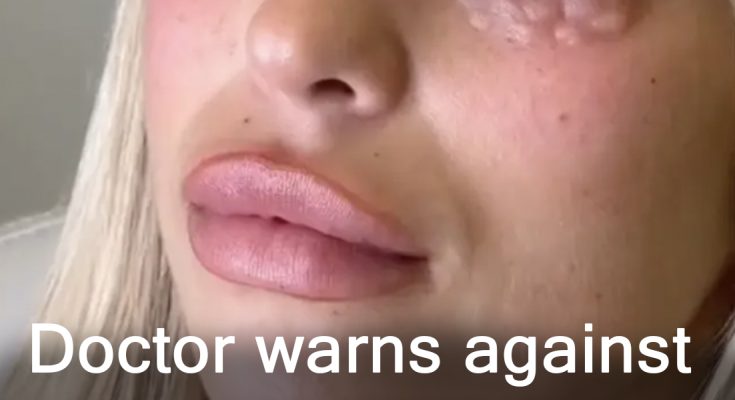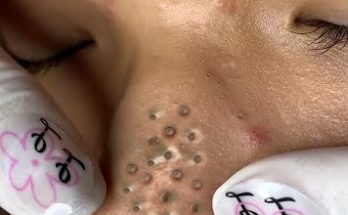A decades-old cosmetic procedure is suddenly back in the spotlight, promising to erase wrinkles, melt fat, and banish under-eye bags — all without surgery. But as the trend explodes on social media, medical experts are sounding the alarm: this so-called miracle treatment could come with devastating consequences.
It’s called mesotherapy, and while it may sound like the latest innovation in aesthetic medicine, it’s actually been around since 1952. Originally developed by a French doctor to relieve pain, the technique has since been rebranded as a fast-track ticket to beauty perfection — with dangerously little oversight.
In essence, mesotherapy involves injecting a cocktail of vitamins, hormones, enzymes, and plant extracts just below the skin’s surface. The theory is that these micro-injections will target problem areas by improving circulation, reducing inflammation, and even breaking down fat.
But there’s a catch: the procedure isn’t standardized. Not even close.
“Each injector uses their own recipe,” explains Dr. Viktoryia Kazlouskaya, a New York-based dermatologist. “There’s no FDA approval, no regulation. Patients might be getting prescription drugs — or who knows what else — injected into their face.”
Social media, of course, has helped fuel the frenzy. TikTok and Instagram are saturated with influencers showing off so-called “instant” results, claiming mesotherapy is a gentler, cheaper alternative to Botox or fillers. DIY kits, many of which are imported, can be purchased online for as little as $45, turning people’s homes into makeshift clinics.
Dr. Prem Tripathi, a California plastic surgeon, warns that this trend is spiraling dangerously out of control. “It’s inexpensive, easy to administer, and doesn’t require much training. That’s why it’s become so popular — but it also makes it extremely risky.”
One of the biggest concerns? The skin texture that follows. Immediately after the injections, the face may erupt in swollen welts — small, blister-like bumps that form a honeycomb pattern beneath the surface. Some users have compared the look to “reptile skin.”
While that reaction is often temporary, it can be just the beginning of more serious complications. Under-eye injections, in particular, are especially risky due to the delicate nature of the tissue and proximity to major blood vessels.
“When untrained people attempt this — or when unknown substances are injected too close to the eye — the outcome can be horrific,” Kazlouskaya says. “We’re talking about long-lasting bruises, allergic reactions, infections, skin death, or even blindness.”
And the problems don’t stop there. Some patients experience granulomas — firm nodules that form when the immune system reacts to foreign substances. Others may face permanent scarring or pigment changes in the skin.
Despite these risks, mesotherapy remains legal in many countries and continues to be offered by aesthetic clinics and unlicensed technicians alike. The U.S. lacks consistent regulation, which means patients are often left to rely on marketing hype rather than medical guidance.
“Think of it like the supplement industry,” says Tripathi. “Just because it’s sold to you as safe and natural doesn’t mean it actually is.”
Ultimately, mesotherapy is a cautionary tale — one more reminder that beauty trends fueled by filters and viral videos aren’t always rooted in safety or science.
In a culture obsessed with perfection, the appeal of fast, painless results is strong. But before injecting anything into your skin — especially near your eyes — it’s worth pausing to consider the risks.
Because looking younger shouldn’t come at the cost of your health, your eyesight, or your peace of mind.


